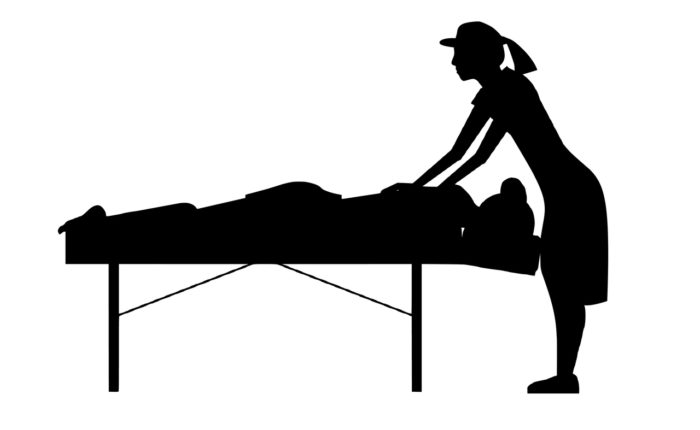With more than 20 million people living with pain every day in France, representing 30% of the French population, our country is one of the hardest hit in the world by chronic pain problems. Commonly treated with heavy-duty treatments and with fairly serious long-term consequences, this pain could also be relieved with physiotherapy. This just goes to show that pain is not inevitable.

How is pain treated with physiotherapy?
Although often overlooked, physiotherapy is a health discipline that, through specific gestures and movements, helps relieve, treat, and rehabilitate the body following deficiencies and disabilities affecting the neurological, musculoskeletal, and cardiorespiratory systems. To name just a few.
Practiced in a physiotherapy clinic, physiotherapy covers the treatment of a wide range of pathologies, including acute and chronic pain. Five types of pain are almost exclusively treated by physiotherapy.
Knee pain or gonalgia
Age and accidents are the main causes of knee pain. Septic arthritis, osteoporosis, or damage to the cartilage, capsules, or ligaments that make up the knee joint can lead to chronic pain of varying intensity from person to person. Physiotherapy is also recommended for the management of this type of pain, which can be disabling in the long run.
Back pain or backache
The back is made up of a multitude of muscles, ligaments, and bones. As a result, countless conditions, such as lumbar sprains, can occur, which manifest as pain. If you suffer from this condition, consult a physiotherapist to learn how to manage painful lumbar sprains.
Bone pain related to obesity
It is well known that weight gain can have an impact on quality of life. Indeed, the more the body gains volume, the more certain parts of the body, particularly the bones, must adapt to support the additional weight. Bone and joint pain can then occur. While these can easily be treated with physiotherapy, it is important to emphasize that the basic treatment remains weight loss and a return to a healthy Body Mass Index.
Pelvic floor pain
After childbirth, after an accident, or due to a congenital illness, a patient may experience pelvic floor pain. Physiotherapy, through a combination of physical exercises and massages, can help relieve all of this pain.
Respiratory pain
Many respiratory illnesses can contribute to the onset of pain, including cystic fibrosis, sleep apnea, and asthma. In addition to medical treatment, accompanying physiotherapy can help improve quality of life and alleviate pain. In this case, it’s more of a breathing rehabilitation program than anything else.
The physiotherapist, using stretching and neck strengthening programs, will improve the mobility of the muscles in this area, as well as in the chest.
